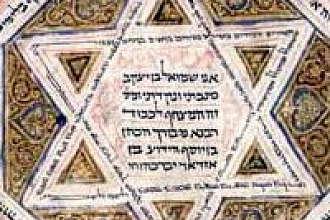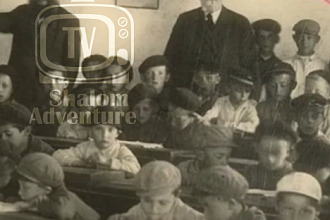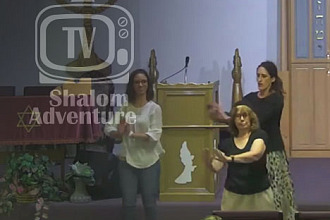The Exodus story depicts leaving the chains of slavery for the Promised Land, but what exactly were the Jews doing in Egypt to pass their days for over 400 years?
Pharoah kept the Jewish slaves busy building the ancient treasure cities of Pithom and Raamses, specifically making bricks from clay and chopped up straw, or just pure mud with precise production quotas to meet, and then using the sun-dried bricks to construct walls and buildings for Pharoah’s delight.
However, 2015 cexcavations of mass graves in Amarna, Egypt, center of the reign of Pharaoh Akhenaten, reveal that many of the slaves of Biblical times were children and young adults, and often not in the best of health, the Times of Israel revealed.
“They paint a picture of poverty, hard work, poor diet, ill-health, frequent injury and relatively early death,” Dr. Mary Shepperson, archaeologist, described the South Tombs Cemetery and North Tombs Cemetery in Egypt.
“As we started to get the first skeletons out of the ground it was immediately clear that the burials were even simpler than at the South Tombs Cemetery, with almost no grave goods provided for the dead and only rough matting used to wrap the bodies,” Dr. Shepperson continued. “As the season progressed, an even weirder trend started to become clear to the excavators. Almost all the skeletons we exhumed were immature; children, teenagers and young adults, but we weren’t really finding any infants or older adults…This certainly was unusual and not a little bit creepy.”
“Corvée-style labor, enforced and unpaid, was frequently used in ancient Egypt on major projects,” Dr. Shepperson elaborated.
Whether this has connections to the Jews of the Exodus remains a mystery yet to be revealed, but does portray the poor quality of work conditions for slaves in Egypt of biblical and pre-biblical times regardless.

























